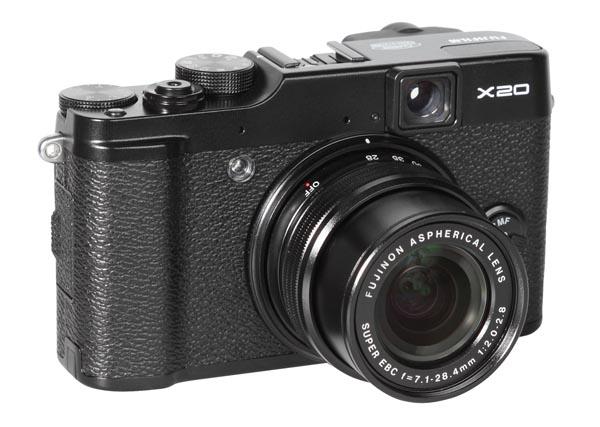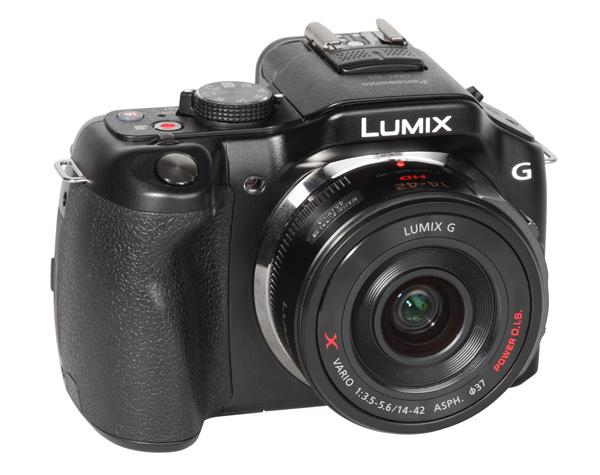Mirrorless Camera Reviews
Sort By: Post Date TitlePublish Date
|
Jan 31, 2014 |
First Published: Dec 01, 2013 |
|
Jan 28, 2014 |
First Published: Dec 01, 2013 |
|
Jan 03, 2014 |
First Published: Nov 01, 2013 |
|
Nov 22, 2013 |
First Published: Oct 01, 2013 |
|
Nov 12, 2013 |
First Published: Oct 01, 2013 |
|
Aug 27, 2013 |
First Published: Jul 01, 2013 |
|
Aug 20, 2013 |
First Published: Jul 01, 2013 |
|
Aug 11, 2013 |
|
Jul 19, 2013 |
First Published: Jun 01, 2013 |
|
Jul 09, 2013 |
First Published: Jun 01, 2013 |
|
Mar 22, 2013 |
First Published: Feb 01, 2013 |
|
Mar 12, 2013 |
First Published: Feb 01, 2013 |
|
Jan 24, 2013 |
First Published: Dec 01, 2012 |
















